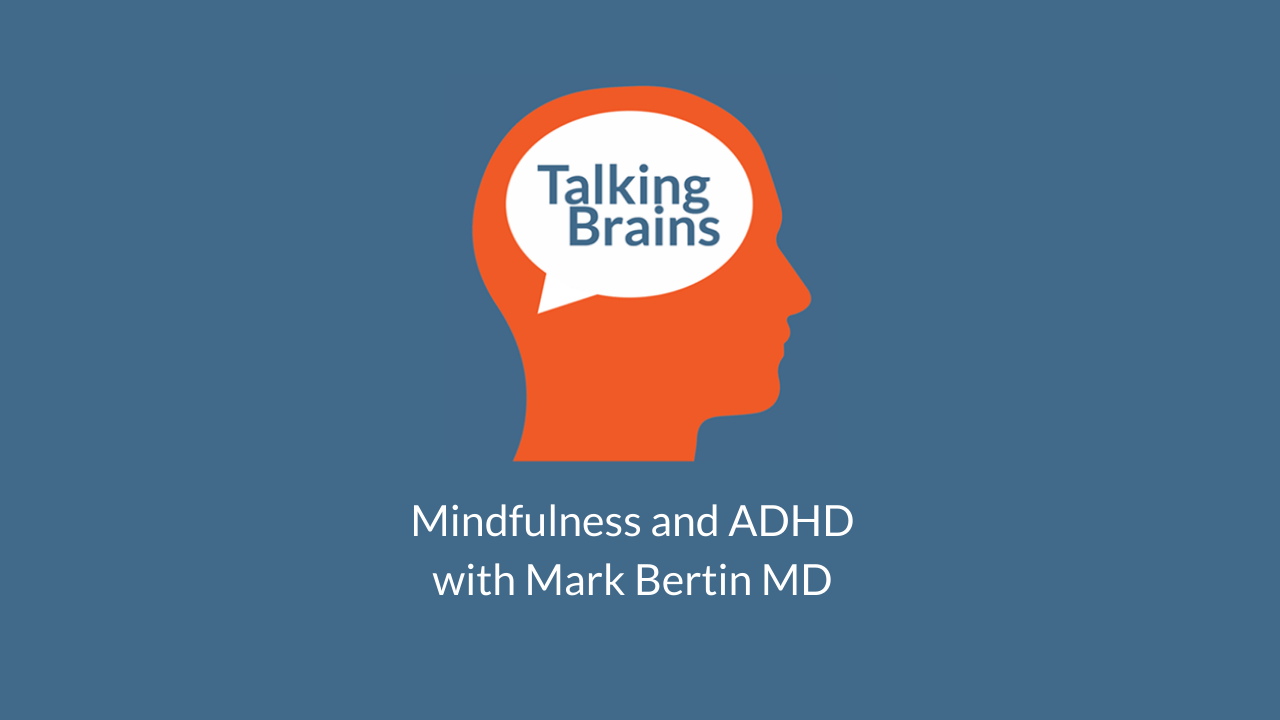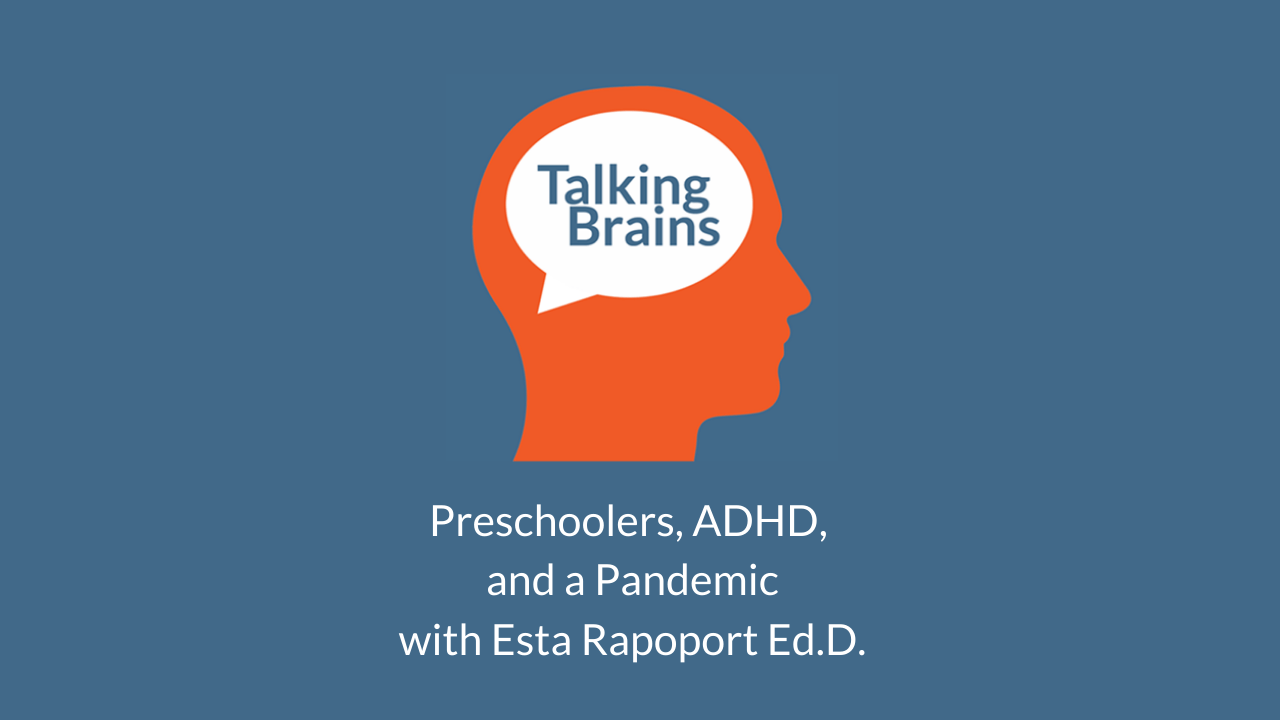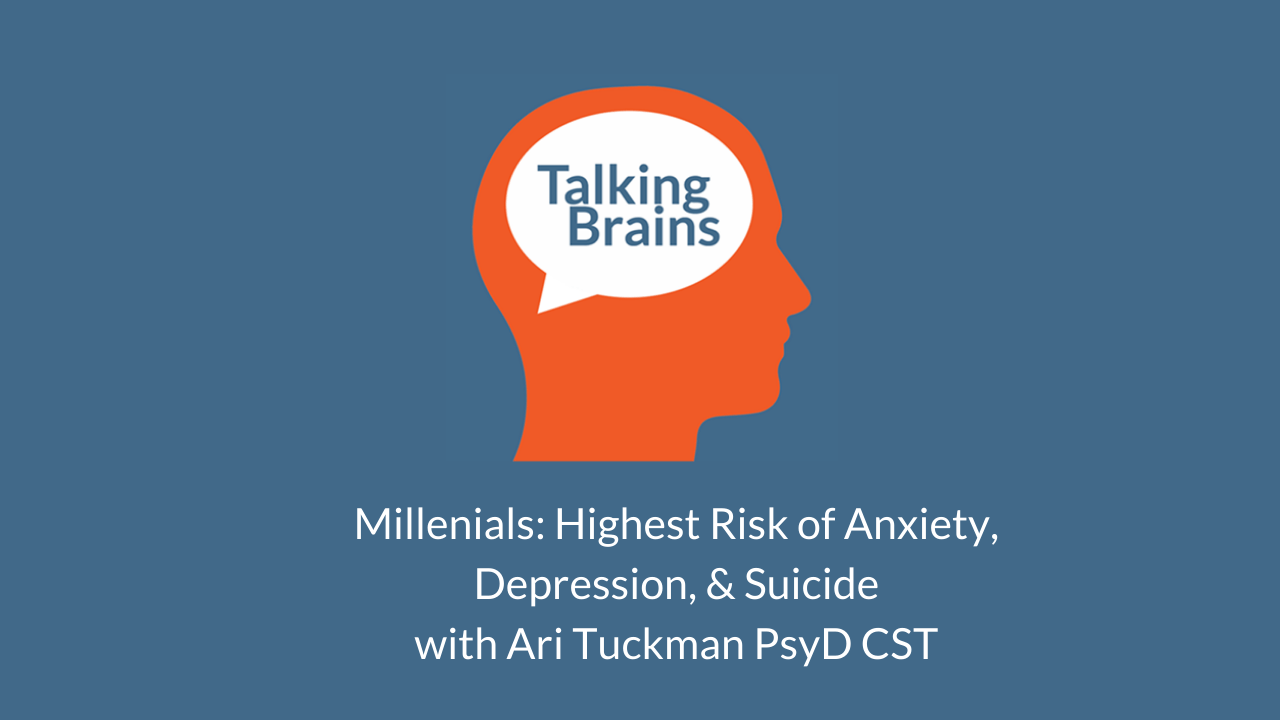Summary of the study:
There was a significant decrease in heart rate and a significant increase in blood pressure five minutes after a dog was held by children with ADHD. However, teacher ratings of mood and behavior were not significant. The authors concluded that pet therapy for children with ADHD may actually increase excitement rather than have a calming effect. This may be a positive, because excitement can be indicative of happiness.
About the study:
Children in the study were from a specialized school which helps students transition back to a “mainstream” classroom. There were 17 children in the study sample (13 males, 4 females). Sixteen of the children had an ADHD diagnosis, with eight of those children also having a diagnosis of Oppositional Defiant Disorder (ODD). One child in the study sample had only a diagnosis of Oppositional Defiant Disorder (ODD).
Teachers were asked to rate the children’s behavior when they returned from a session with the dog and a session without the dog. On one test day, a 13-pound female Shih Tzu was placed on the lap of the child for five minutes. The children were not given instructions as to what to do with the dog. The child’s blood pressure and heart rate were measured. On the other test day, blood pressure and heart rate measurements were taken without the dog present.
There was a significant increase in diastolic blood pressure (the number on the bottom of a blood pressure reading – when the heart is relaxed) when the children held the dog. There was a significant increase in systolic blood pressure (the number on the top of a blood pressure reading – when the heart is pumping) and a significant decrease in heart rate immediately after the children held the dog. The teacher ratings showed no significant difference in mood or behavior on “dog days” and “non-dog days”.
The authors noted that the lack of a control group (children without ADHD) limited whether one could determine if the children’s reaction was related specifically to ADHD. The authors also noted that the child’s blood pressure and heart rate were not checked after the child had been without the dog for a longer period of time.
My comments:
I think it would be interesting to see how a diagnosis of ADHD and ODD impacted a child’s reaction. Also, it was not clear from the study the severity of ADHD symptoms of the children. However, if the children were attending a school primarily for severe behavioral disorders, it may be assumed that the children had moderate to severe ADHD. It would also be interesting to see if the severity of ADHD symptoms impacts a child’s reaction to the dog.
Also, I think any kid who had a dog put on his or her lap during school would have some physiological reaction, from the simple fact that the kid is thinking either, “There’s a dog in my lap!! Awesome!!” or “OMG…get this dog off of my lap NOW.”
Article:
Somervill, J.W., Swanson, A.M., Robertson, R.L., Arnett, M.A., MacLin, O.H. (2009) North American Journal of Psychology, 11(1), p. 111-120.





